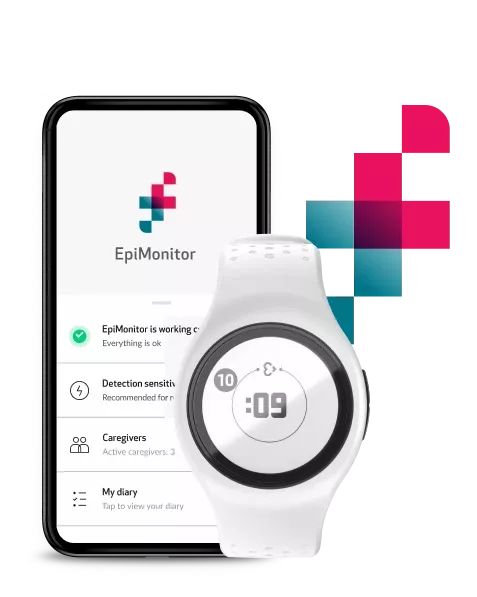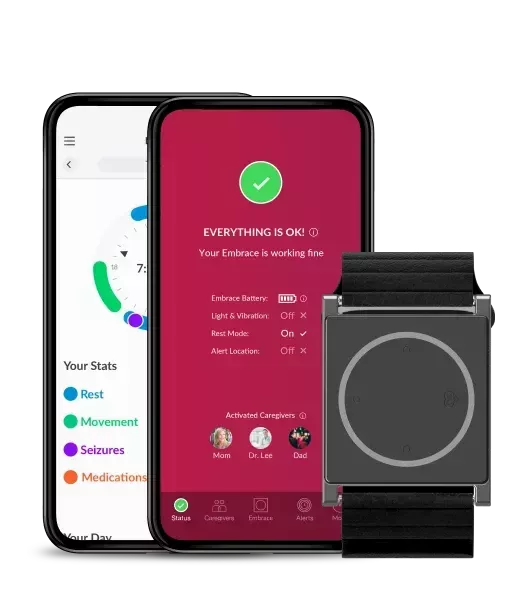Predicting respiratory infections using non-invasive wearable technology

Exposure to respiratory infections is inevitable in one's lifetime, especially at the peak of the annual flu season. Once exposed to an infected person, it is difficult to know if a virus has been passed on to someone else, since symptoms don't start showing immediately, and ongoing infection can still happen presymptomatically. As a result, the community spread of viruses such as the common cold and the flu is difficult to control. But what if symptoms can be detected beforehand to curtail the spread? Better still, are there non-invasive methods to achieve this?
At the moment, there are no methods to detect viral respiratory infections in people that are asymptomatic. Researchers at Duke University, therefore, recently set out to study the feasibility of detecting viruses such as the common cold and influenza and predicting the severity of these infections before the onset of symptoms, using wearable technology. They developed Machine Learning models trained on physiological data collected with Empatica’s E4 wristband.
The study comprised a total of 49 participants; 31 of whom were inoculated with H1N1 and 18 with rhinovirus. Participants were asked to wear the E4 devices before and after the inoculation for comparison. Individuals were also grouped based on infection severity (asymptomatic or noninfected [AON], mild, or moderate signs of infection). After data collection, the scientists applied bootstrapped binary or multiclass random forest classifiers machine learning models to screen data based on presymptomatic infection and prediction of infection severity and validated using leave-one-person-out cross-validation.

Results
Machine Learning models applied differentiated between infection and non-infection with accuracies of up to 92% for H1N1 and 88% for rhinovirus. The infection severity prediction model was able to distinguish between mild and moderate infection 24 hours prior to symptom onset with an accuracy of 90% for H1N1 and 89% for rhinovirus.
Conclusion
With approximately 9% of the world being infected with influenza annually[1], and adults suffering from 4 to 6 common colds per year[2], infections are usually transmitted without constraints, causing a community spread of viruses starting with only a few people. The authors conclude that “the ability to identify individuals during this critical early phase, when many may be spreading the virus without knowing it, and when therapies (if available) and public health interventions are most likely to be efficacious, may have a wide-ranging effect.”
With the insurgence of COVID-19, detection of infections before the onset of symptoms is even more urgent and paramount, in order to expose the presence of the virus in people who might not even know that they have it. Once detected, they can take preliminary measures to prevent it from spreading to others.
At Empatica, we have partnered with the U.S. government through DRIVe, a division of The U.S. Department of Health and Human Service to develop a platform for detecting respiratory infections before the onset of symptoms, with the long-term goal of offering a wearable, non-invasive system and algorithm that can accurately detect the presence of respiratory infections, including COVID-19, early, and before any symptoms manifest. This will go a long way in helping people receive critical care and prevent future outbreaks.



